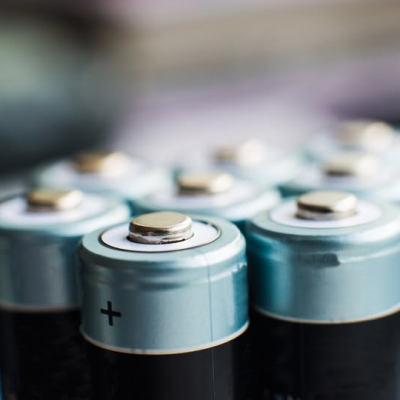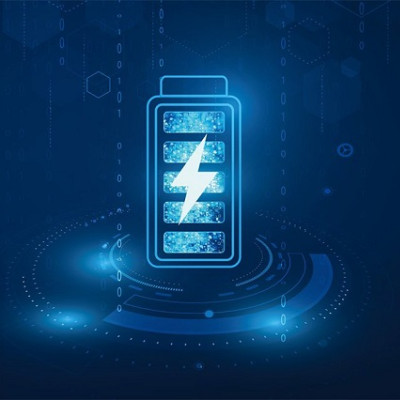Cahoon is Hyde Family Foundation Professor and Teitsworth (Ph.D. ’21) is a postdoctoral research associate, both in the department of chemistry.
We chatted with Cahoon and Teitsworth about their recent paper and how their work advances the field.
Q: What question was your research hoping to answer, and what did you find?
A: Water-splitting particle suspension reactors (PSRs) are solutions of nanoparticles that absorb sunlight and use the energy to convert liquid water into oxygen and hydrogen gas, a carbon-free fuel source. Silicon is stable, earth abundant and good at absorbing light across a broad spectrum, making it a popular choice for electricity-generating solar panels. However, by itself, silicon’s electronic properties prohibit it from producing the energy needed to split water. Leveraging our previous work on the synthesis of silicon nanowires — long but thin crystals — our research team developed the first silicon-based particles that are capable of producing hydrogen when suspended in pure water and illuminated with sunlight.
Q: What will your study enable us to do in the future that we can’t do now?
A: While there have been previous demonstrations of PSRs capable of producing hydrogen when illuminated with ultraviolet light, most are not capable of absorbing visible light, and none are able to absorb infrared light. Most of the light that comes from our sun, however, is visible and infrared light. Silicon absorbs both visible and infrared light, which means it can absorb more sunlight and produce hydrogen more efficiently. Thus, the particles we developed represent a new pathway toward efficient and potentially cheap production of hydrogen fuel from sunlight.
Q: How is this new or notably different from other research in the field?
A: Solar panels are composed of many smaller solar cells that are electrically connected so that their voltage and power are additive. We took inspiration from this and designed our silicon nanowires to have multiple “solar cells” along their axis so that they could produce the power needed to split water. This design is unprecedented in previous reactor designs and allows silicon to be used for the first time in a PSR.
Read the original article on University of North Carolina at Chapel Hill.







